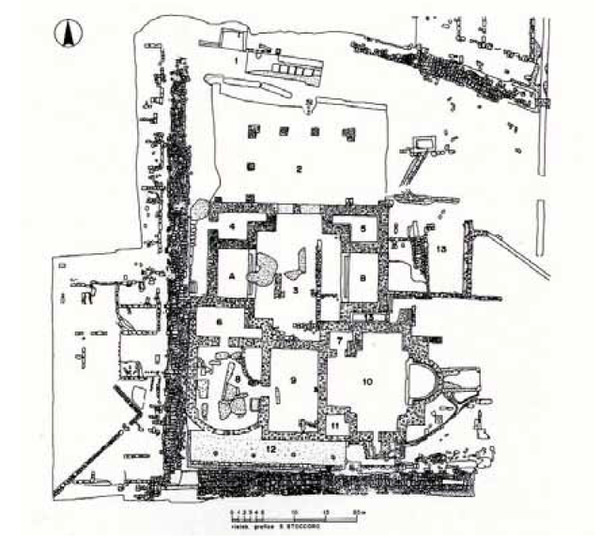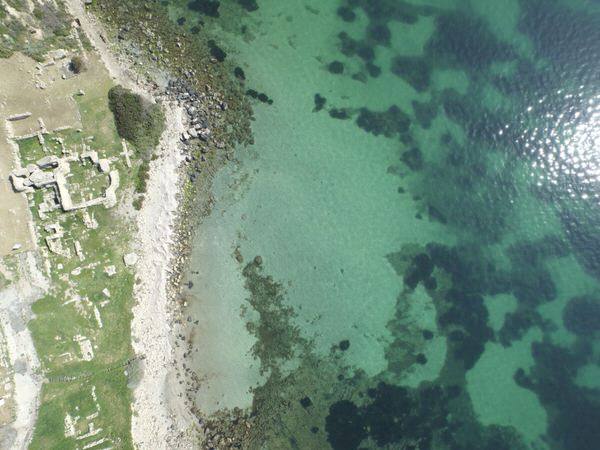Roman thermal baths in Sardinia
The thermal baths are undoubtedly one of the most characteristic buildings from the Roman world. If present, they are a clear indication of the Romanisation of the area, and Sardinia has a large number of them, both public and private, both urban and rural (fig. 1).

Large urban centres, especially the ones that did not survive to modern times, are the one that have provided us with thermal baths in the best state of conservation. Nora, Tharros, but also Porto Torres and Fordongianus have maintained more complete examples for us to see.
The season that sees the birth or renovation of the largest number of thermal baths is the period between the 2nd and 3rd century A.D., when the island was affected by a lot of building work.
The thermal baths built in this period are all very similar, with the circular path, that started from the frigidarium and then returned there without having to go back and retrace one’s steps (figs. 2-5).




This criterion is not the same for all, depending on the breadth and layout of the building, and other elements such as the presence of a large pool of treatment water at the Fordongianus thermal baths, that is the heart of the entire complex (fig. 6).

Roman cities in general, and the ones in Sardinia, had several thermal baths, depending on size: there were four in Nora, three in Tharros, at least three in Cagliari, two in Porto Torres.
Ruins of small thermal baths are often found in the countryside, apparently without trace of houses around them. In these cases, they were small agricultural villages, where the houses were built with poor materials that easily perished, such as stones and mud bricks, but where economic levels allowed the building of thermal baths (fig. 7), which is now all that remains.

Bibliografia
- A. R. GHIOTTO, L’architettura romana nelle città della Sardegna, Roma 2004
- C. COSSU, G. NIEDDU, Terme e ville extraurbane della Sardegna romana, Oristano 1998
- A. MASTINO, C. VISMARA, Turris Libisonis, Sassari 1994
- A. PAUTASSO, Edifici termali sub ed extra urbani nelle province di Cagliari e Oristano, in Nuovo Bullettino Archeologico Sardo, 2, 1985, pp. 201-228.
- R. J. ROWLAND JR., I ritrovamenti romani in Sardegna, Roma 1981
- C. TRONCHETTI, Le Terme a mare, in C. TRONCHETTI (ed.), Nora. Recenti studi e scoperte, Cagliari 1985, pp. 71-81.

 VR
VR